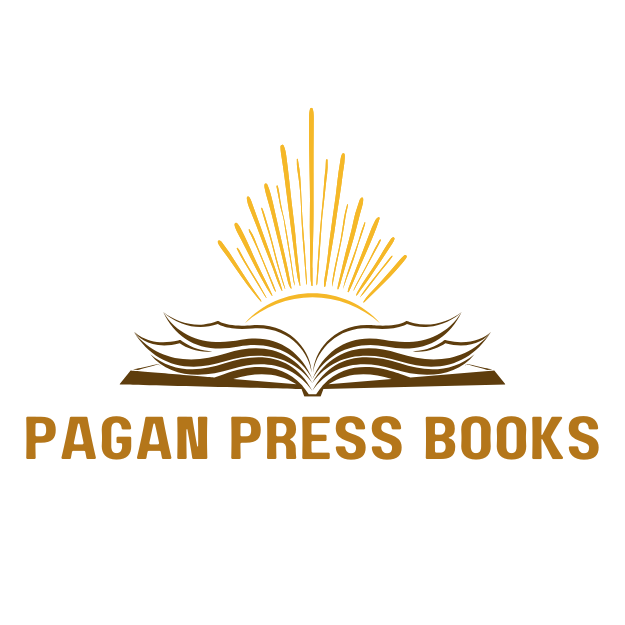Table of Contents
ToggleEmail marketing is a powerful tool in our digital toolbox, isn’t it? We often find ourselves swimming in a sea of inboxes, so how do we ensure our emails don’t end up forgotten in the depths? Let’s face it: you can have the best product in the world, but if your emails are snooze-fests, you’re likely to lose potential customers faster than we can say ‘unsubscribe.’ In this text, we’re diving deep into the essentials of copywriting for email marketing, so grab your virtual notepads and let’s turbocharge your email campaigns.
Copywriting Email Marketing
Email marketing isn’t just about sending out newsletters or promotions: it’s about building relationships. At its core, email marketing allows us to connect directly with our audience, delivering personalized messages right to their inboxes. And with a well-crafted strategy, we can not only engage our subscribers but also drive conversions and nurture leads. Think of email marketing as the digital version of a coffee chat, where we can share insights, offer value, and create genuine connections with our audience.
The Importance of Effective Copywriting
Now, let’s talk about copywriting. Effective copy is the backbone of successful email marketing. Without it, our emails might as well be blank pages. Good copy can evoke emotion, inspire action, and create an immediate impact. When we craft thoughtfully structured messages with our audience in mind, we’re not just communicating, we’re storytelling. And that’s how we can hook our readers and keep them coming back for more.
Key Elements of Successful Email Copy
Crafting email copy that resonates with our audience involves a few crucial elements.
Crafting Compelling Subject Lines
Subject lines are our first impression, and we all know how important first impressions are. A well-written subject line grabs attention and piques curiosity. We need to make them intriguing, concise, and personal. Think about it: would you open an email with a boring subject line? Neither would we. Aim for something that makes the recipient feel like they’re missing out if they don’t click.
Personalization and Segmentation
Personalization is no longer just a nice-to-have, it’s a must. By segmenting our audience based on their behavior and preferences, we can tailor our messaging to speak directly to them. This lets us forge deeper connections and increases the chances of engagement. The more relevant our content, the more likely readers are to keep scrolling.
Creating Engaging Content
Engaging content is the heart of our email campaigns. We should strive to be informative yet entertaining. Whether it’s providing valuable tips, sharing success stories, or presenting exclusive offers, our content should resonate with the reader’s needs. Remember, the goal is not just to fill up space but to drive action and earn trust.
Strong Call-To-Action Strategies
A strong call to action (CTA) is essential for converting readers into customers. Our CTA should be clear, actionable, and compelling. Using action verbs is a great way to encourage clicks, think ‘Get Started Now.’ instead of ‘Learn More.’ Also, positioning is key: placing the CTA in multiple locations throughout the email can help guide our readers towards taking that next step. Make it easy for them to act.
Analyzing Email Performance
Now that we’ve sent our beautifully crafted emails, how do we know if they hit the mark? Analyzing email performance is crucial. We should be tracking open rates, click-through rates, and conversion rates. These metrics tell us what’s working and what isn’t. For instance, if a subject line consistently results in high open rates, we may want to explore similar styles in the future. By learning from our performance data, we can continuously refine our strategy to improve results.




